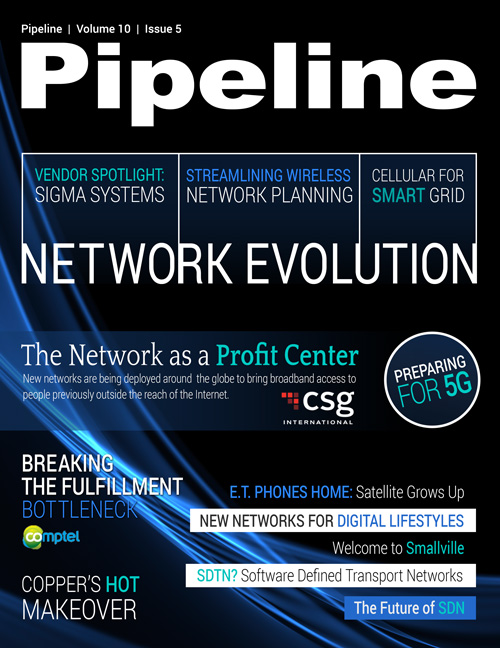The Future of SDN and Network Virtualization
“The network is essentially dumbed down from an operator perspective. But, more importantly, these services become more freely programmable.”
And, he says, SDN of all flavors frees operators from being slowed down by a network equipment manufacturer’s (NEM) product-development-and-delivery cycle and its associated costs, which can be astronomical—not to mention the manual provisioning, testing and functionality headaches that all that replaced equipment creates.
How does SDN hit NEMs?
NetCracker’s Maria Kozlova points out that Cisco says it has an SDN solution, but that’s not exactly the case: its solution isn’t OpenFlow based, so it’s technically a more proprietary version of SDN than the real thing.
“Anyone invested in traditional networks will suffer most of all from SDN,” she says. “Equipment vendors are not supporting SDN,” but likely at their own peril considering network operators’ interest in virtualization. The first NEM to emerge with a way to get in on the virtualization life cycle will be in the driver’s seat to capture the entire market, which is clearly headed in that direction, though still a far cry from its final destination.
“For the most part, carriers are starting small with their SDN and NFV deployments, focusing on only parts of their network, [or] what we call ‘contained domains,’ to ensure they can get the technology to work as intended,” explained Michael Howard, cofounder of Infonetics as well as its principal analyst for carrier networks, in a July news release.
“But momentum for more widespread use of SDN and NFV is strong,” he continued, “as evidenced by the vast majority of operators participating in our study who plan to deploy the technologies in key parts of their networks, from the core to aggregation to customer access. Even so, we believe it’ll be many years before we see bigger parts or a whole network controlled by SDNs.”
In the meantime, the industry will continue to test and tinker in its labs and make up new three-letter acronyms to help move the dream of network virtualization forward. And while the technology isn’t exactly nascent, prime time for carrier and service-delivery networks is still a ways off. But complacency isn’t an option: virtualization is for real, and it’s time for operators to move beyond the excitement and push SDN up the stack.





















